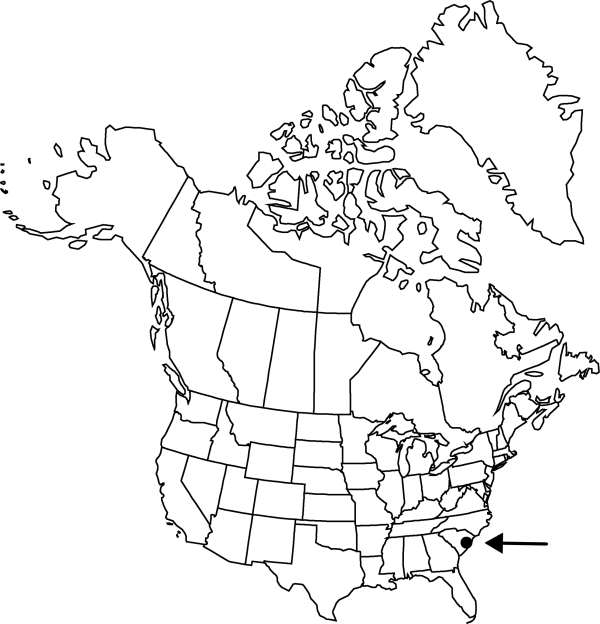Dysphania cristata
Ukrayins’k. Bot. Zhurn., n. s. 59: 382. 2002.
Stems prostrate, branched, 3–5 dm, pilose and glandular-pilose, or with sessile glands. Leaves aromatic; petiole 0.7–1 cm; blade ovate or elliptic, 1.3–2.1 × 1.1–1.5 cm, reduced somewhat in inflorescence, base cuneate, apex obtuse, glandular-pubescent. Inflorescences axillary glomerules; glomerules subglobose, 4–6 mm diam.; bracts similar to cauline leaves, elliptic, reduced to 0.8 mm, margins crenate-dentate, apex obtuse. Flowers: perianth segments 5, distinct nearly to base, distinct portions elliptic to oblong, strongly keeled, 1.8–1.9 × 0.3–0.5 mm, apex acuminate, fimbriate and hirsute, pubescent with septate hairs, hardly enclosing fruit, becoming white, strongly crested and 5-winged vertically, rostrate, semiorbiculate, and cartilaginous in fruit; stamen 1; stigmas 2. Achenes ovoid; pericarp adherent, membranaceous, slightly rugose and papillate. Seeds reddish brown, ovoid, 0.6–0.7 × 0.5–0.6 mm, margins slightly keeled over radicle and grooved over cotyledons; seed coat smooth.
Phenology: Fruiting summer.
Habitat: Wool waste areas
Elevation: 10 m
Distribution

S.C., Australia.
Discussion
Selected References
None.